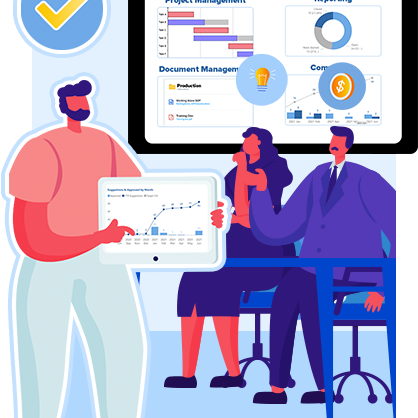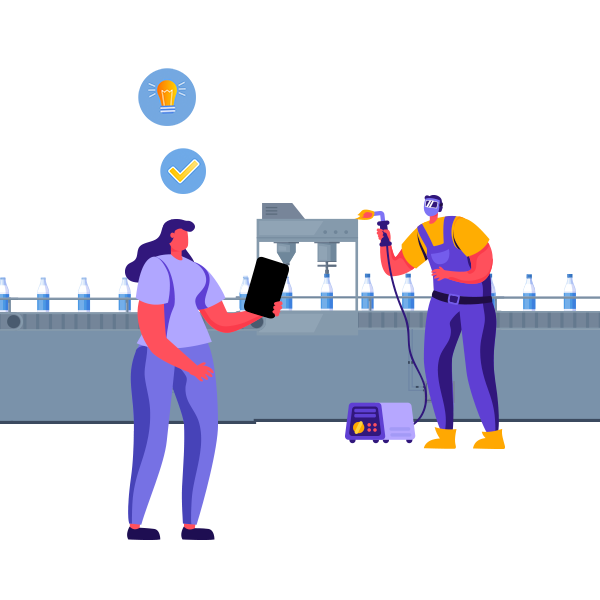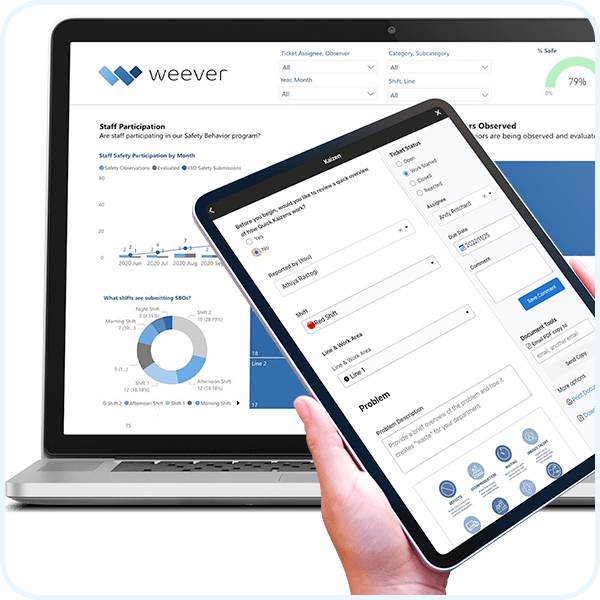Warehouse Rack Inspections Reporting Dashboard
Do you have a question?
How do Warehouse Pallet Rack Inspections Work?
Warehouse Rack Inspections are required usually at least 2 times per year and also whenever modifications are made. Some customers execute them weekly. Inspectors evaluate the state of the framing, supports, alignment and guardrails, check for corrosion, and ensure appropriate signage is displayed. Most jurisdictions require rack inspections by law.
Why are Warehouse Pallet Rack Inspections Important?
- Enhance the safety of the work environment.
- Reduce liability.
- Save money and time associated with issues from racking defects.
Why Digitize Warehouse Rack Inspection?
Rack inspections can be complex. Using paper forms leaves too much up to chance. Digitization ensures scheduled inspections occur and provides more opportunities to guide and inform the inspector, increasing the likelihood of failures being detected and corrected.
- Reduce Errors - Digital features help to ensure forms are completed correctly every time.
- Ensure Compliance - Automate schedules and requirements to ensure inspections are executed correctly every time.
- Real-time Visibility - Managers can collaborate in real-time with inspectors to ensure issues are resolved quickly and correctly.
Learn more about Workflow Management







Marks

Diageo

Niagara Bottling

Walmart

PepsiCo logo

McDonald's

Unilever

Monin

Hello Fresh
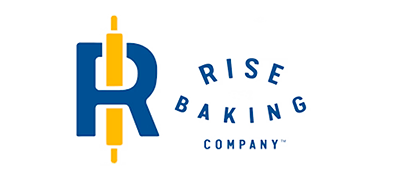
Rise Baking

Rockwool

Canadian Tire

SportChek

Greyston Bakery

Bell
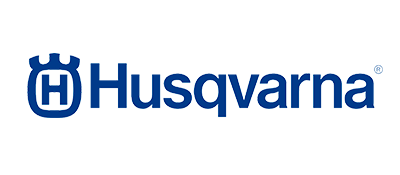
Husqvarna

Home Hardware
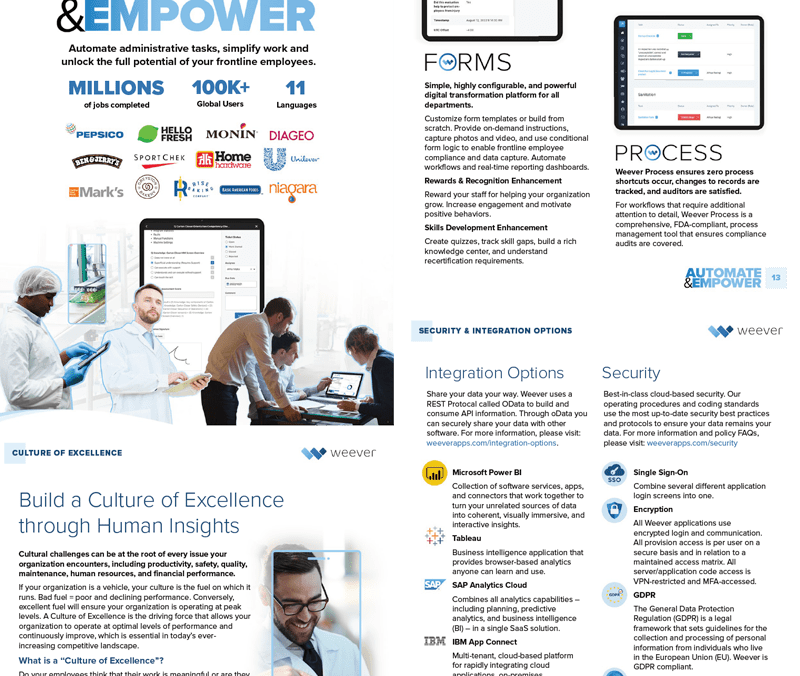
Learn about the Platform.
Download the brochure to get all the details about how Weever works.
SCHEDULE A DEMO
Take a Guided Tour.
In just 30 minutes you will learn about customizing and using forms, workflow automation, reviewing reports, and sharing data with other business systems.
In just 30 minutes you will learn about customizing and using forms, workflow automation, reviewing reports, and sharing data with other business systems.
